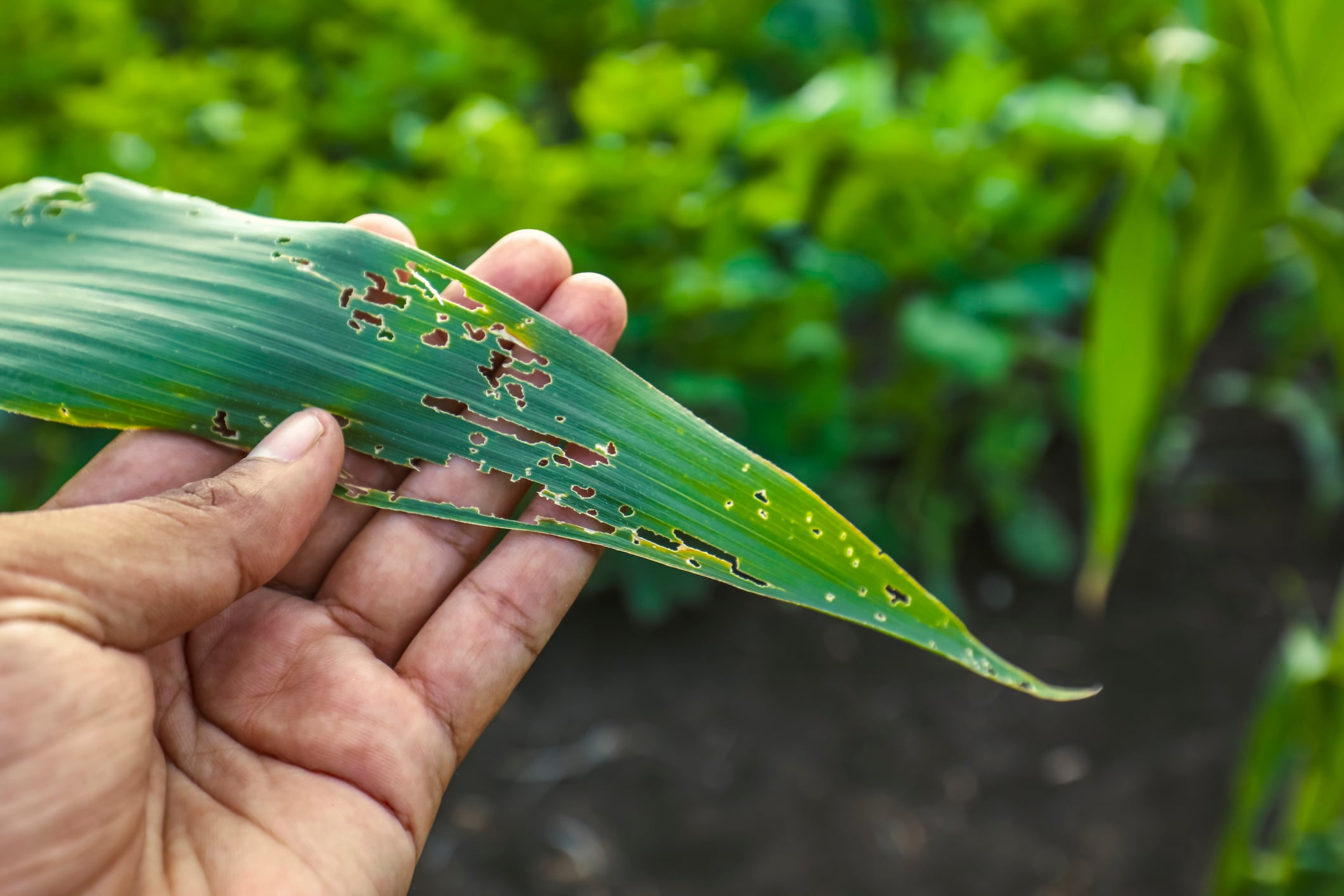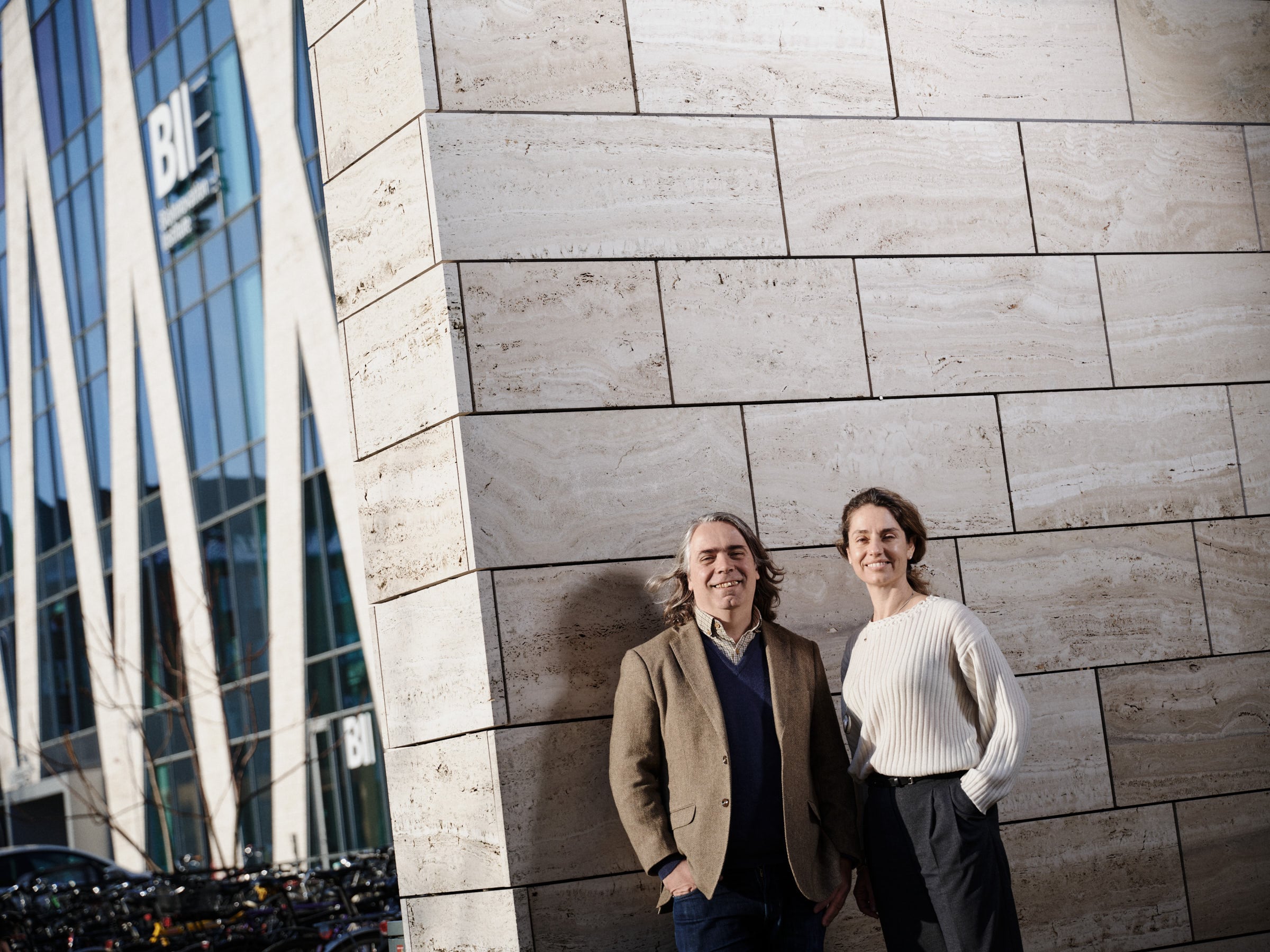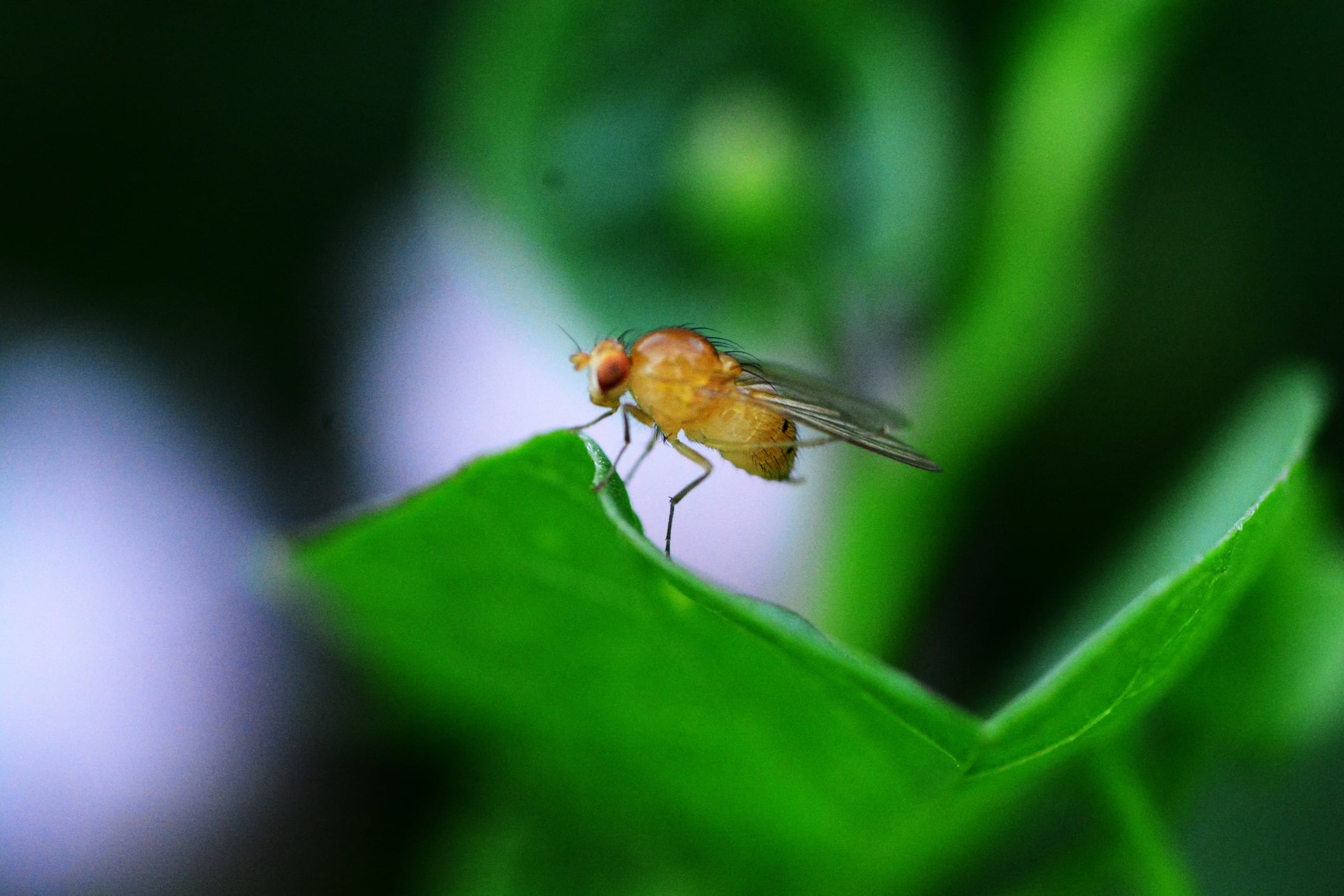For years, most farmers relied on chemicals in the form of weed killers, insecticides, fungicides to protect their crops. Yet that is now changing with more demand than ever for alternative solutions that cause less environmental damage.
Cerelixis is one start-up fuelling that transition by developing products that optimise plant growth as opposed to targeting pest, weeds, and disease. The name Cerelixis is a composite of Ceres, the Roman goddess of agriculture, and exélixi, the Greek word for evolution.
In March, the next stage of its growth began as it joined the Venture Lab accelerator run by Denmark’s BioInnovation Institute, an initiative of The Novo Nordisk Foundation, the world’s largest philanthropic organisation.
Its co-founder, Marianna Vrettou-Schultes, sat down with AgTechNavigator to talk about the company’s road so far.
How did Cerelixis start?
We are a spinoff of The European Molecular Biology Laboratory and the structural biology work of [co-founder] Jose Antonio Marquez on the elucidation around plant pathways.
So instead of targeting pests or diseases, we try to regulate plant processes with highly selective small molecules and enable the plants to fulfil their maximum potential, even under adverse conditions.
Why’s that necessary?
I am convinced that classical crop protection – by which I mean targeting weeds, pests, diseases – will have an important role to play moving forward, but at the same time, we’re seeing its clear limitations. Climate change is changing the patterns of pests, the patterns of disease, so what we see is resistance development.
But it doesn’t have to be that the pest or a disease is the problem. With the impact of climate change, conventional crop protection cannot contribute so much because if your plant is stressed and dealing with drought, it’s shutting down to survive.
So the idea in our case was to identify the plant pathways that will be universal – that will be well characterised at a molecular level – and then target them with small molecules.
Do you have any products yet?
Our first asset is a small molecule that plays an important role in homogeneous germination, so establishing seeds and primary root growth.
This is important because it means that your field is at a similar growth stage at the same time. And that means all of your input is effective and efficient, because crop protection is developed to be sprayed at a specific stage.
This idea of boosting the plant rather than attacking its enemies is a popular theme at the moment.
There are two big concepts that have gained a lot of momentum in the last decade. One is around biological control, so going away from the conventional crop protection to achieve crop protection through natural products.
It’s quite different to conventional crop protection, but you are still targeting the pest. You are still targeting the disease. And biological herbicides are very difficult. Actually, they’re a huge challenge.
You also have this very big trend of biostimulants, making plants more resilient.
Where I think we differentiate ourselves is the fact that most of the available biostimulants, are natural products – bacteria, microbials, bacteria, algae or extracts – and so they’re not designed to selectively target a specific plant process.
Ours is rational drug design – the way ‘big ag’ does it for the conventional crop protection – but for plant processes.
You’re also using a novel crystallography technology to help you find new molecules?
Yes, this is interesting, because it is an EMBL [European Molecular Biology Laboratory] proprietary technology.
Ultimately, what makes it very special is that it’s an automated way to harvest a lot of protein-ligand crystals [used to analyse how a foreign molecule binds to a receptor] and analyse the data very quickly.
So we’re able to crystallize 2,000 small molecules with our receptor, and the ones that form the best crystals, the best ligand-protein interactions, also tend to be the active ones in a biochemical asset.
What I find very useful with crystallography is that when you have the protein-ligand co-crystal, you know that your ligand fits very well into the receptor.

So what’s the process exactly?
The crystallography is used to find the asset. So the first thing you have to do is fundamental research to understand the pathway that determines the biological process. The pathway will have many receptors, and you need to understand how each receptor works.
When that is elucidated, then you can use the EMBL high throughput screening to crystallize that protein together with ligand. And any small molecules that will not bind, so will not form co-crystals are not interesting for us because they’re not active.
Any co-crystals mean that the small molecule has an interesting structure and fits in the pocket of the protein of the receptor and therefore they match together.
But in agriculture, this high throughput screening with crystallography is not that widespread yet. In pharma, its more common.
Why?
I think there’s a lot more investment in human health. And in that sense, pharma companies are more continuously looking for innovation of how to do the research in a novel way.
In ag, a lot of companies have taken over tools from the pharma world. We are still a couple of steps behind in terms of adopting innovation.
Is it just a question of money?
Partly it’s a question of money. Partly, it’s because – personal opinion here – in the ag industry, we have focused so much on conventional crop protection where there are sets of known targets. Let’s say targets within fungi that are critical for the function of the fungus, like the respiratory system, which companies focus on creating different classes of chemistry for, but very often targeting the same 10 to 15 known targets.
But if you want to research new targets, you need to invest a lot in structural biology and plant physiology. Then the timelines of projects can become very long, even longer than they already are, because you have to do fundamental research. And a lot of ag companies don’t see themselves doing fundamental research in actual biology.
Has innovation slowed down in crop protection?
Definitely. So up until about 15 years ago, most of the big ag players that had a serious investment in R&D were developing two or three blockbuster assets in a decade. Now on average, it’s down to one.
There are different reasons for this. One is the fact that a lot of chemical space has been patented so there are very few novel biological targets.
A second is the fact that the development timelines have become much longer.
And a third reason is that the costs have gone up significantly, partly because of stricter regulation, especially in the EU, and then a lot of important markets follow Europe, like Brazil.
So should regulation be relaxed?
This is really hard to say and is getting political now. My opinion is that the Americans have a very pragmatic model because what US authorities do is they actually evaluate the risk.
So what does that mean? This means that maybe a compound is shown to be carcinogenic in certain studies if you ingest one gram. The US authorities will say, ‘OK, what is really the risk that someone will actually ingest one gram?’ And as a result, the growers have more solutions.
In the EU, what we do is we say it’s carcinogenic. I don’t care if you never come into contact with it. I don’t care what the dose is. If it’s carcinogenic, it’s out.
So I’m all for very strict standards for crop protection, for the growers, for everybody who consumes food, for the environment, for biodiversity. Having said that, I think that the EU needs to find a more pragmatic regulation.
You used to work in big ag companies. Do you think they’re on the right track with all this?
I firmly believe that the companies that are able to truly integrate these solutions in a really good offer to the growers have a lot of potential. Because right now, for biostimulants, you have so many options out there in the market. You have so many small to medium sized companies that offer solutions that very often the growers, they’re not even sure which product to buy. Is it worth it? How do I use it?
So there are big companies right now really investing in having integrated full solutions and I think that’s going to make the difference moving forward for the big ag companies.




